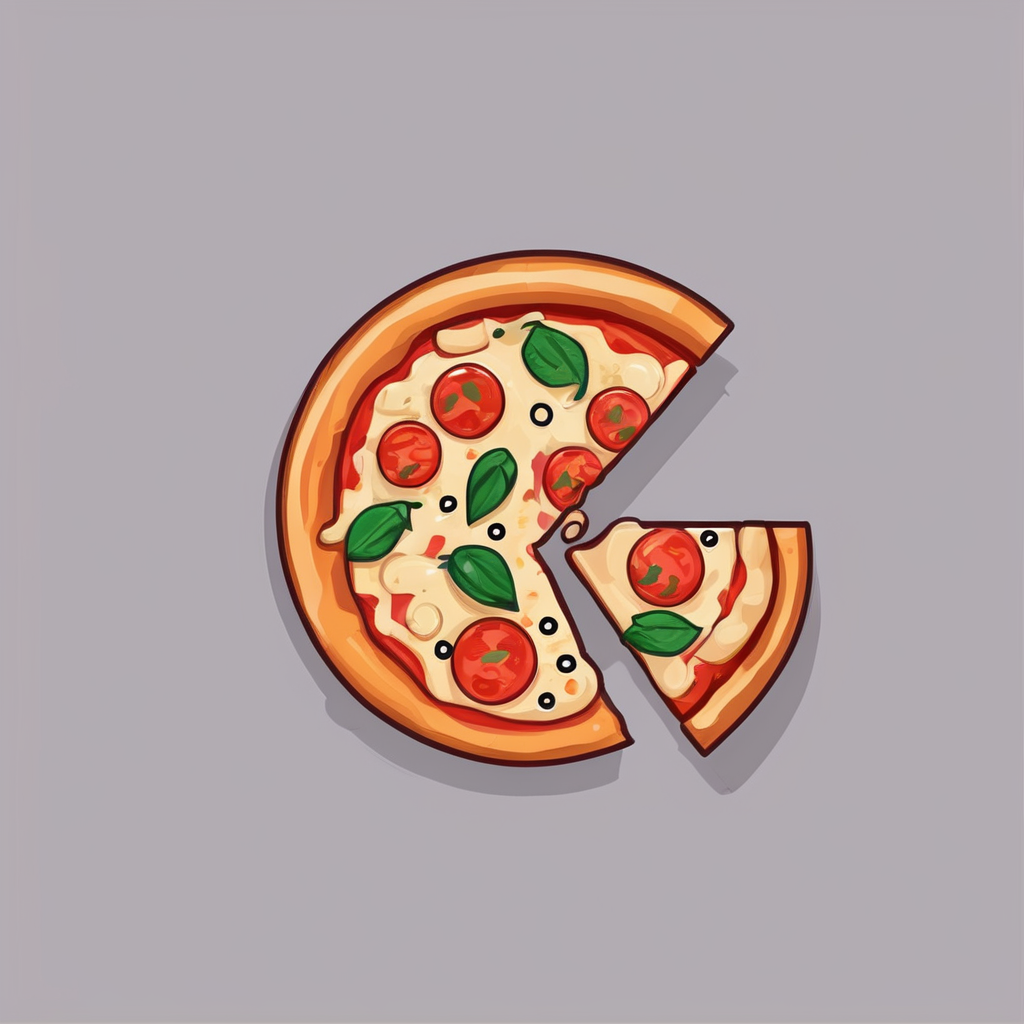Understanding Oven Heat Distribution
Heat distribution plays a critical role in determining the baking performance of various oven types. Uneven heat can result in undercooked or burnt sections of food. Typically, ovens use either convection or conventional heat distribution technologies. Conventional ovens rely on stationary heating elements to warm the oven’s interior, causing heat to rise naturally. This can lead to uneven heating and potential hot spots. In contrast, convection ovens use fans to circulate hot air, promoting more uniform heat distribution. This not only ensures a more consistent bake but can also reduce cooking times.
Different baked goods respond uniquely to these heat distribution technologies. For instance, cakes and breads require steady, even heat to rise uniformly, while pastries benefit from the crisp and flaky textures that convection heat can provide. Proper understanding and adjustment of heat settings are vital for achieving desired results. It’s important to consider the nature of the dish you’re preparing and the particular heat distribution technology your oven employs. Adjustments and experimentation may be necessary to optimize performance and take full advantage of your oven’s capabilities.
This might interest you : Unlock Perfectly Crispy Crusts: Essential Benefits of Using a Pizza Stone in Your Home Oven
Key Features to Look for in a Wall Oven
When selecting a wall oven, several key features can significantly enhance your baking functionalities. Firstly, temperature accuracy is crucial. Precise temperature control ensures that baked goods cook evenly and meet expected results. Assess for ovens with robust moisture control options. This feature enables better baking outcomes, particularly for moisture-sensitive recipes such as soufflés or meringues.
User-friendly controls play an essential role. Accessible interface designs often incorporate touchscreens or intuitive layouts, ensuring that setting adjustments can be made effortlessly. An oven that easily adapts to your baking style can greatly improve your overall experience.
In parallel : Discover the Perfect Durable and Effortless-Clean Baking Sheet for Your Everyday Baking Adventures
Moreover, modern innovations like smart technology in wall ovens are transforming kitchen experiences. Such technology enables users to monitor and control the oven remotely via smartphone apps or integrated smart home systems. This not only offers significant convenience but can also enhance baking precision.
In summary, when choosing a wall oven, prioritize models that emphasize temperature accuracy, accessible controls, and innovative smart functionalities to optimize your baking results. Being mindful of these features can enhance your culinary achievements, truly making your oven a pivotal kitchen asset.
Size and Capacity Considerations
Assessing the kitchen space and layout is crucial when selecting a wall oven. The installation requires considering the surrounding cabinets and the workflow in your kitchen. Ideally, an oven should be easily accessible without disrupting other activities.
Understanding the range of oven sizes available, typically from 24 to 30 inches in width, helps ensure the chosen model fits seamlessly into your kitchen’s design. Oven capacity is often measured in cubic feet, affecting how much you can cook at once. Larger capacities accommodate multiple dishes or large items, such as turkeys, simultaneously.
When evaluating an oven’s interior capacity, consider your baking habits and needs. Solo bakers might find smaller ovens more efficient, while those who cook for larger families may require a more spacious interior. Being aware of these aspects enhances your appliance’s utility without compromising kitchen space.
Moreover, the relationship between oven size and baking performance cannot be overlooked. A larger oven with improperly distributed heat can lead to uneven baking, so matching your typical cooking volume to capacity ensures minimal energy waste and effective heat distribution, ultimately achieving superior results.
Energy Efficiency and Cost-effectiveness
Choosing energy-efficient ovens is crucial for both environmental and economic benefits. Modern wall ovens often incorporate cost-saving features that can significantly reduce energy consumption. Features such as self-cleaning capabilities and eco modes help minimize electricity use. Energy-efficient models often require less time to preheat and maintain the desired temperature more effectively, translating to reduced energy bills.
Analyzing the long-term investment benefits, energy-efficient ovens tend to offer substantial savings over time. Although these models might have a higher initial purchase cost, the eventual cost reduction in energy expenses makes them a wise choice. Users can also benefit from government incentives and rebates that encourage the adoption of energy-efficient appliances, further enhancing cost-effectiveness.
Additionally, ideal ovens should have insulation features that ensure heat retention, decreasing unnecessary energy loss. Some advanced models include dual fuel options, allowing users to switch between electricity and gas for optimized performance and savings.
Investing in an energy-efficient oven not only supports sustainable living but also provides a robust long-term advantage by significantly reducing operational costs without compromising on performance.
Brand Comparisons and Recommendations
Choosing the right wall oven often comes down to brand reliability and the unique features each offers. Top wall oven brands like Bosch, Miele, and KitchenAid are renowned for their superior engineering and consistent baking performance. These brands have earned their reputation through a combination of innovative technology and durable builds.
When considering brand options, it’s essential to review customer feedback and expert assessments. Bosch ovens are praised for their energy efficiency and precise temperature controls, ensuring consistent baking results. Miele offers advanced moisture control settings, crucial for achieving perfect soufflés and meringues. KitchenAid is recognized for its user-friendly controls, with straightforward interfaces that enhance accessibility for all users.
Innovation across these brands includes features like smartphone connectivity, allowing remote monitoring and control—perfect for multitasking chefs. Each brings something unique to the table, with Bosch often recommended for energy-conscious buyers, Miele for moisture regulation, and KitchenAid as a versatile all-rounder.
For consumers looking to invest in a high-quality wall oven, focusing on these top brands can enhance their culinary creations, ensuring reliability and precision in every bake.
Maintenance and Troubleshooting Essentials
Ensuring an oven’s longevity requires consistent attention to oven maintenance and addressing any troubleshooting needs that arise. Regular upkeep is vital to maintain performance and avoid potential issues. Simple practices such as routinely cleaning the interior, checking seals for wear, and ensuring vent clearances can vastly reduce the risk of malfunction. This proactive approach helps in maintaining even heat distribution and baking performance.
Oven users often face common issues like temperature inaccuracy or fan malfunctions. Effective troubleshooting starts with verifying thermostat settings and examining the fuses. It’s also wise to check the power supply first before delving deeper. If problems persist, consulting your oven’s manual can offer specific guidance on solving these issues.
Scheduling periodical professional calibrations is crucial, ensuring temperature and other functional aspects are precise. This is particularly important for those heavily reliant on their oven’s consistency.
Regular servicing further extends the appliance’s lifespan, protecting the investment and maintaining baking functionalities over time. Identifying signs early and handling them promptly can prevent extensive repairs, ensuring your oven continues to be a reliable kitchen asset.
Tips for Baking Mastery with Oven Selection
Mastering the art of baking involves more than merely having the right recipe; it requires understanding your oven’s capabilities and adjusting techniques accordingly. Start by familiarising yourself with the baking tips specific to your wall oven. For instance, always preheat your oven to ensure that food begins cooking immediately at the desired temperature, preventing uneven cooking.
Common mistakes, such as overcrowding the oven, should be avoided. This can disrupt heat distribution, leading to undercooked or unevenly baked goods. Instead, allow enough space for air to circulate freely around each dish. Testing your oven’s performance by baking a simple cake can reveal hot spots or inconsistencies. When these occur, rotating the pans halfway through the cooking time can help achieve uniform results.
Practical oven usage advice encourages using optimal baking techniques like checking for doneness slightly before the recommended time. This approach compensates for any inaccuracies in temperature settings. Additionally, adjusting recipes when experimenting with new oven types can result in better outcomes and reflect the specific idiosyncrasies of your oven. These techniques enhance the precision and quality of your baked creations.


